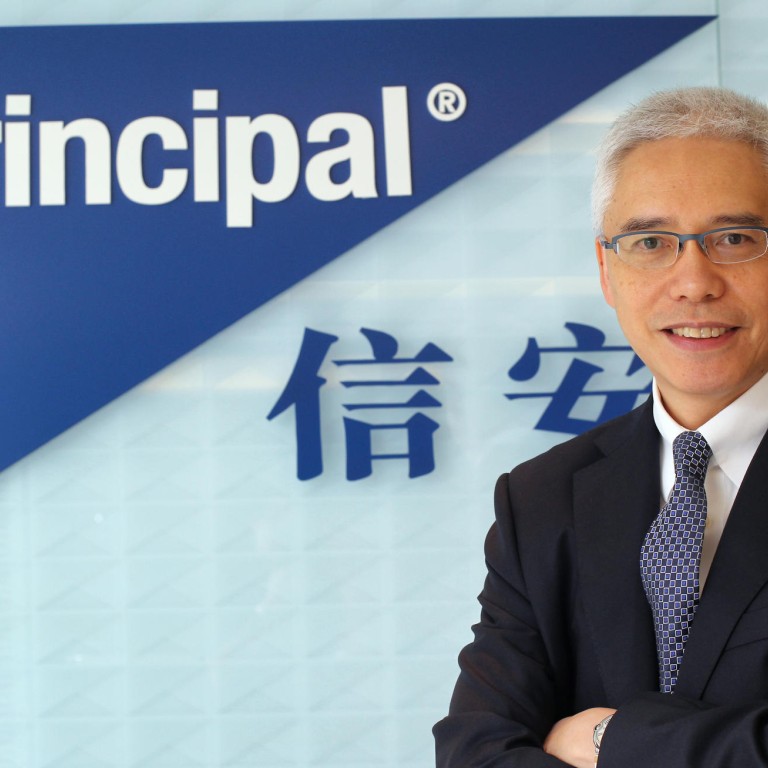
Principal hitches ride on Asia pension reform
US retirement fund provider is boosting its presence in the region as opportunities grow
Principal Financial, one of the largest US providers of pension plans, has its eye on Asia in light of the many initiatives for pension reform in the region and the ageing population.
Rex Auyeung Pak-kuen, the group's Asia president, told the that many Asian economies, including mainland China and Malaysia, were reforming their pension plan systems. Hong Kong's Mandatory Provident Fund scheme is also carrying out a reform to allow employees to have more control over their choice of providers.
"We have seen a lot of reform plans going on among the Asia markets as the governments in the region have to develop privately run pension plans to prepare for the retirement needs of the ageing population," he said. "This has given a lot of opportunities to pension fund providers like Principal."
Principal, which is one of the largest pension plan providers in defined contribution schemes - similar to the MPF - that allow employers and employees to contribute to a pension plan run by a bank, insurance company or fund house, established its first Asia office in Hong Kong in 1996. The city was then preparing to introduce the MPF scheme in 2000.
The firm expanded in mainland China through a joint venture and set up offices in India, Malaysia, Thailand, Indonesia and Singapore to offer pension plans and investment funds. Its assets under management in Asia make up 5 per cent of its US$456 billion in global assets under management.
"We expect the assets under management in Asia to increase to 10 to 15 per cent of the global total in 10 to 15 years' time," Auyeung said.
He is optimistic about the growth of the pension business in Asia, given the region's ageing population. In 2035, 24 per cent of Hong Kong's population is expected to be over 65 years old, double the proportion now. The mainland will reach that level even faster, in 2030.
"Traditionally, many Asians would raise children to prepare for old age, but now China has a one-child policy. In addition, many Asian couples do not have children. Many in the Asian middle class have retirement plans to prepare for their old age," he said.
Mainland China has started in recent years to allow enterprises to set up pension schemes for their staff, and Malaysia and Japan have introduced similar schemes.
Under Hong Kong's MPF, the employer and employee each contributes 5 per cent of the employee's salary to the scheme, up to a combined HK$2,500 a month. On average, each MPF account has only about HK$160,000 in it.
"This is not going to be enough, considering that people are now living longer, into their 80s or 90s. The problem with the MPF is that the mandatory contribution level is too low to generate a meaningful sum for the employees' pension needs," Auyeung said.
To resolve this, he said the government should introduce other social security measures. "Or Hong Kong could follow the US to give tax incentives to encourage the boss and the staff to make voluntary contributions to the pension scheme," he said.

